
Usually a fresh, fragrant green or crisp purple, basil can turn brown or develop brown spots from a variety of mishaps, including drought, oxidation, sun-scorching and insect bites. While the browning may reduce plant yields and produce an unsightly leaf, the basil is good so long as it retains a pleasant fragrance and is not slimy or mildewed. You may want to avoid using brown-spotted basil in dishes for guests or in recipes that benefit from a flawless presentation.
Use as a Dried Spice
Imperfect basil leaves may be dried for spice even with a few brown spots as long as the leaf is not slimy and does not have an unpleasant smell. Pluck the leaves from the stem, lay the basil flat in a single layer on a baking sheet and air-dry until the leaves are dry and crisp. Crush the leaves or store them whole in a sealed jar in a dry, dark spot. They’ll be good for 12 to 36 months.
Use Fresh as Sandwich Flavoring
Basil enhances the flavor of many foods. Its pungency may decline a bit as it wilts and goes brown from sun-scorch or bruising. You can pluck those leaves individually off an otherwise healthy basil plant. They may appear unappealing, but who will see them between bread and meat slices? Let your fragrant -- if browning --- basil enliven a chicken or tuna sandwich, or use it in place of lettuce on a BLT.
Use as a Sauce Additive
Basil is at its best when added in the later stages of a sauce recipe, so harvest browning basil leaves while your sauce is cooking and save the green ones for recipes where fresh presentation is a must. Always sniff discolored basil: if it smells bad, don’t use it. If it feels slimy, throw it away. Brown, fragrant basil should be washed first, then either snipped and chopped, or added to the sauce whole.
Use in Fresh Salads
Chopped basil adds color and flavor to all kinds of salads. If you have a lot of sun-scorched basil leaves, or leaves that are brown-mottled from insect damage or other mishap, you can use them as-is or, if you prefer, snip off the offending part after harvest. Wash the remaining leaf part well, drain and chop. Sprinkle the basil atop a potato salad, or mix it into bean salads and green salads. You can dry the damaged pieces and use them for spice.
Related Articles

What Are Basil Sprigs?

How to Make Rubbed Sage
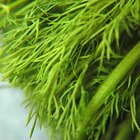
Classic Russian Spices
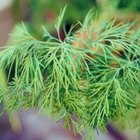
Dill Seed Vs. Dill Weed

The Difference in Fresh or Dry Oregano

Basil for Hair Growth
How to Keep Romaine From Turning Brown ...

How to Cook With Pineapple Sage

How to Use Sage to Color Hair

How to Remove a Cardamom Seed From a Pod
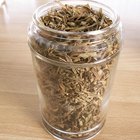
How to Dry Tarragon

How To Dry Parsley in a Convection Oven
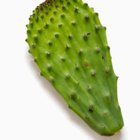
How to Cook Cactus Leaves
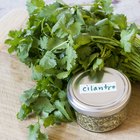
How to Dry Cilantro at Home

Do You Have to Cook Ramps or Can You ...
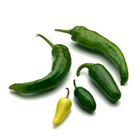
How to Dry Jalapenos

How to Freeze Ramps & Wild Leeks
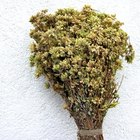
How to Dry or Freeze Oregano

What Herbs Go With Veal Chops?

How to Eliminate Bitterness in Broccoli
References
Resources
Writer Bio
Kate Sheridan is a freelance writer, researcher, blogger, reporter and photographer whose work has appeared in numerous newspapers, magazines and trade publications for over 35 years. She attended Oakland University and The University of Michigan, beginning her journalism career as an intern at the "Rochester Eccentric." She's received honors from the Michigan Press Association, American Marketing Association and the State of Michigan Department of Commerce.
Photo Credits
John Foxx/Stockbyte/Getty Images